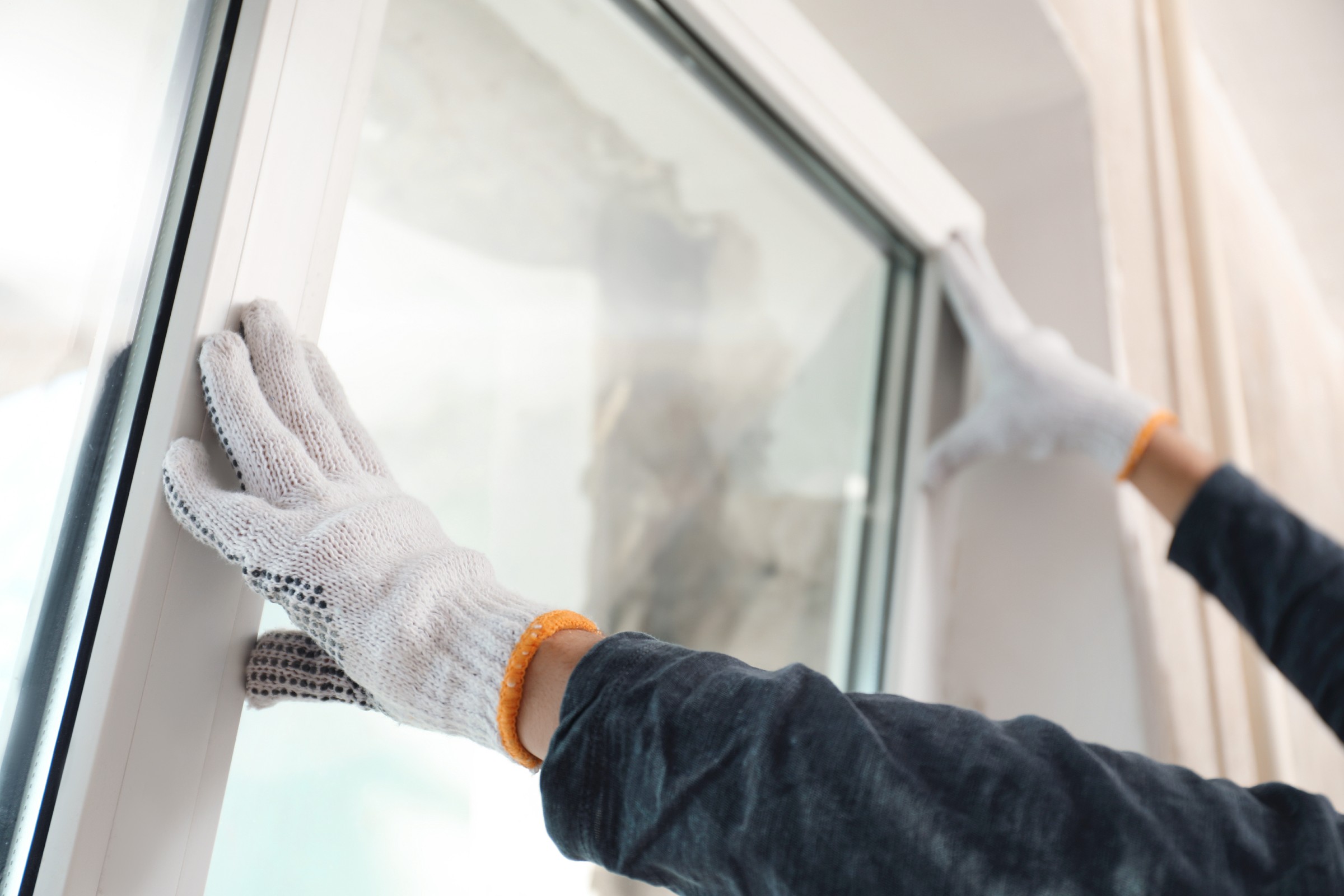Tech
New glass-like material can clean itself and keep rooms cooler

We use glass for a lot of things. We use it to brighten up the rooms of our house by creating windows that let sunlight in. But glass has some inherent problems that scientists have been trying to solve. Now, a new glass-like material could help solve some of those problems.
The new material is called Polymer-based Micro-photonic Multi-functional metamaterial, or PMMM if you want to save yourself some breath. It was created by researchers at the Karlsruhe Institute of Technology, and featured in a new study published in Nature Communications.
What makes this new glass-like material more appealing over the standard glass we’re used to using is that it’s not only more transparent, but it’s also better at keeping out the heat that regular glass windows let into your home. This alone could be a huge improvement for many places where heat levels get to outrageous levels.
The lead author on the study, Gan Huang, says that the material can be used in both roofs and walls, and that when used it “allows for bright yet glare-free and privacy-protected indoor spaces for work and living.” I don’t know about you, but being able to have windows in my house I don’t feel like I need to bury under curtains for a little privacy would certainly be nice.
The real superpower that PMMM offers, though, is its ability to dispel heat directly into space using a phenomenon called radiative cooling. This takes advantage of the fact that Earth’s atmosphere is transparent to infrared wavelengths and then uses space as a kind of universal heatsink.
The researchers say the new glass-like material kept a room six degrees cooler than the ambient air during tests. It’s also self-cleaning, thanks to a surface full of tiny little pyramids, which help keep a layer of air under any water droplets that might hit the surface. This causes the droplets to just roll right off, taking any dirt or dust with them.
We’ve seen some pretty crazy developments around glass in recent years, including a new glass material stronger than steel. This latest development is just as crazy, and could help revolutionize the glass industry in new ways.







:max_bytes(150000):strip_icc()/roundup-writereditor-loved-deals-tout-f5de51f85de145b2b1eb99cdb7b6cb84.jpg)


